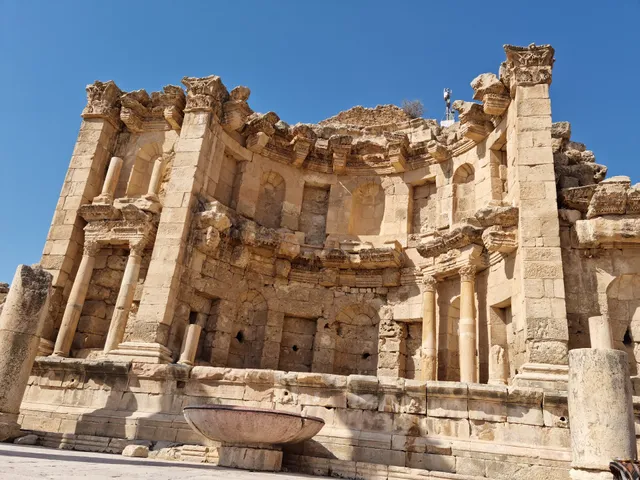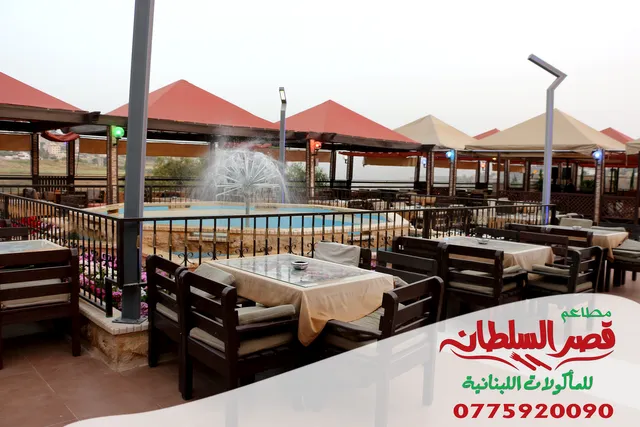Jarash things to do, attractions, restaurants, events info and trip planning

JordanJarash
Basic Info
Jarash
Jarash, Jordan
Ratings & Description
Info
Jerash is a city in Jordan, north of the capital Amman. Inhabited since the Bronze Age, it’s known for the ruins of the walled Greco-Roman settlement of Gerasa just outside the modern city. These include the 2nd-century Hadrian’s...
Read moreJerash is a city in Jordan, north of the capital Amman. Inhabited since the Bronze Age, it’s known for the ruins of the walled Greco-Roman settlement of Gerasa just outside the modern city. These include the 2nd-century Hadrian’s Arch, the...
attractions: Archaeological Site of Jerash, King Abdullah II Park, Arch of Hadrian, Southern Theatre, Oval Plaza, Dibbeen Forest Reserve, Jerash Garden, Temple of Artemis, Temple of Zeus, Nymphaeum, restaurants: Qasr Alsultan Restaurant
 Ready to plan your trip to Jarash?
Ready to plan your trip to Jarash?Plan your stay

Pet-friendly Hotels in Jarash
Find a cozy hotel nearby and make it a full experience.

Affordable Hotels in Jarash
Find a cozy hotel nearby and make it a full experience.

The Coolest Hotels You Haven't Heard Of (Yet)
Find a cozy hotel nearby and make it a full experience.

Trending Stays Worth the Hype in Jarash
Find a cozy hotel nearby and make it a full experience.
Reviews
Things to Do in Jarash, Jordan - Jarash Attractions & Activities
Attractions of Jarash
Archaeological Site of Jerash
King Abdullah II Park
Arch of Hadrian
Southern Theatre
Oval Plaza
Dibbeen Forest Reserve
Jerash Garden
Temple of Artemis
Temple of Zeus
Nymphaeum

Archaeological Site of Jerash
4.6
(8.5K)
Open 24 hours
Click for details

King Abdullah II Park
4.2
(2.6K)
Open 24 hours
Click for details

Arch of Hadrian
4.7
(809)
Open 24 hours
Click for details

Southern Theatre
4.5
(692)
Open 24 hours
Click for details
Explore popular cities
Restaurants of Jarash
Qasr Alsultan Restaurant

Qasr Alsultan Restaurant
4.0
(297)
$$
Click for details


